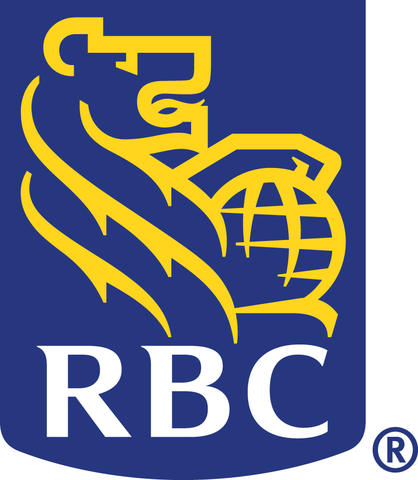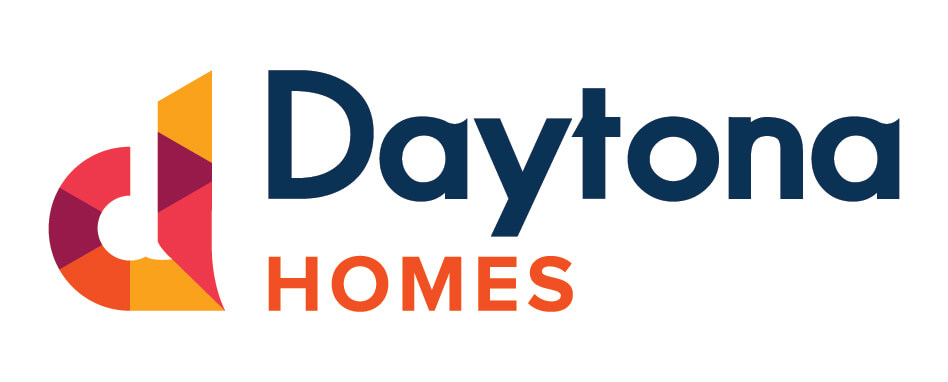“If I die, really make sure, like make sure I’m not sleeping. If I go into a coffin to bury me, put a straw down just in case they made a mistake and I’m still alive. Or put a string down with a bell.” — Natasha.
Natasha Gould was 11 years old when she first started having conversations with her parents about her passing. She was energetic, whip-smart, and a natural leader. Natasha’s life was far too brief, but she found her purpose and lived it passionately.
The diagnosis
It was March 2015 when Natasha first started experiencing problems with her coordination and walking. She suddenly started tripping over her feet and falling. One day, she came home with a black eye from a fall.
When Natasha bolted down the stairs one morning, asking, “Why didn’t anyone tell me my face was drooping?” her mother Saskia Van Breevoort knew it was serious. “That’s it,” she said. “We’re going to the hospital.”
That morning, Natasha and her mother went to the hospital. Natasha was whisked away for an emergency MRI that same day. Saskia went in to hold her hand because she was a little claustrophobic in tight spaces. By this time, Natasha’s father Bill Gould had arrived and was in the waiting room.
They learned that day on May 1, 2015 that their daughter had brain cancer. It was diffuse intrinsic pontine glioma (DIPG). DIPG is not a solid tumour. It is a diffuse tumour, so it is interwoven with healthy brain tissue, making it inoperable. They also learned that DIPG is largely incurable and has an average life expectancy of about 11 months.
“It’s very surreal when you get that news, and you hear the words: ‘Terminal. 1% survival. No cure’,” says Saskia.
“The doctor’s advice was to have the summer of a lifetime,” Bill says.
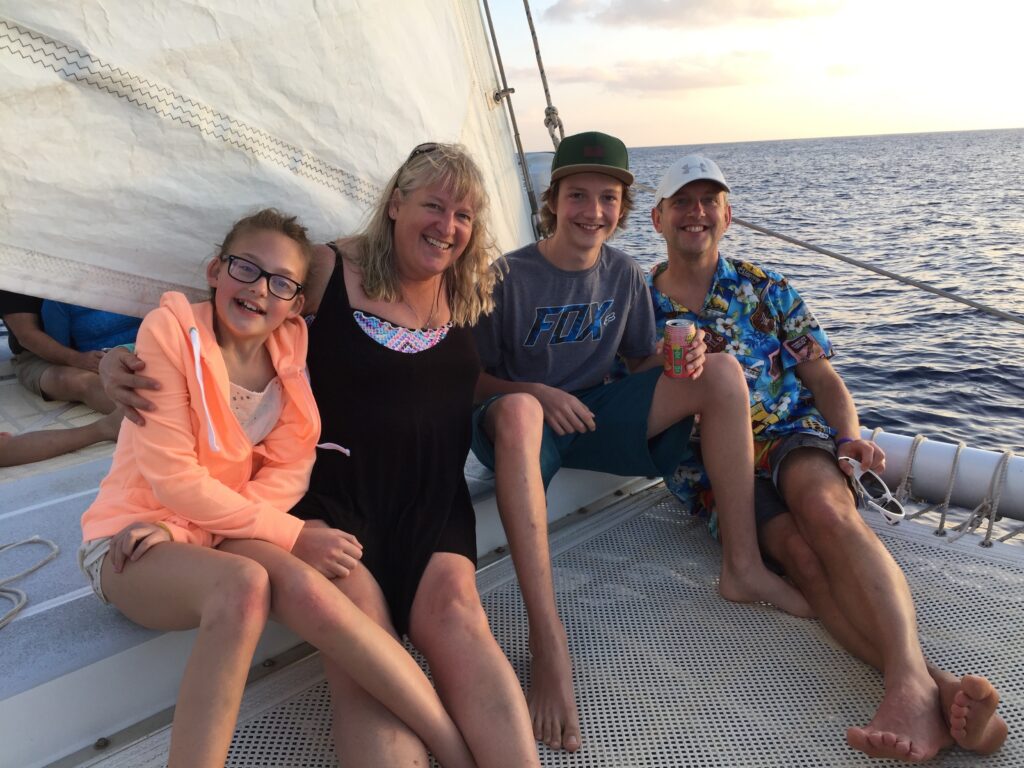
Natasha underwent two rounds of radiation to shrink the tumour, but the most it shrunk was 15%. They still celebrated.
To undergo radiation to the brain, staff create a mesh mask perfectly contoured to the patient’s face. The mask is then bolted to the gurney to keep the patient’s head still so only cancerous tissue, and not healthy tissue, is targeted.
When Natasha asked to do more radiation, her parents had to tell her that the radiation would not save her life. “Natasha, you don’t have to do this,” Bill explained. “This won’t save your life. It will only prolong your life.”
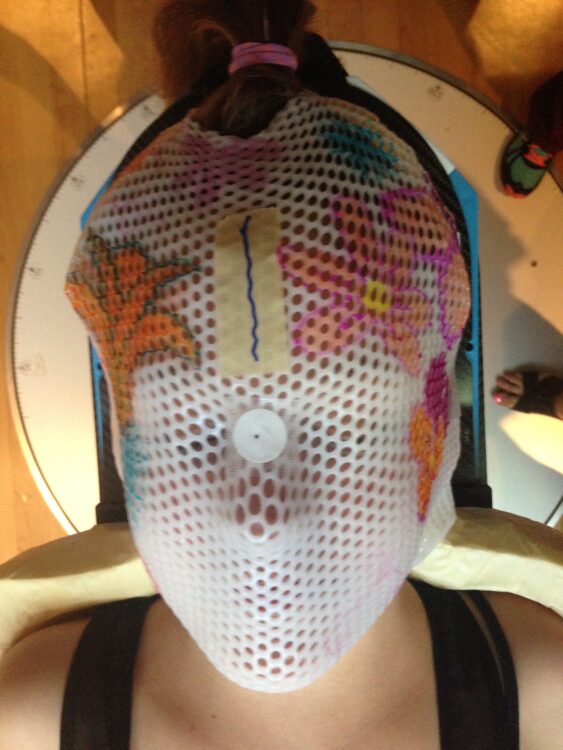
A star is born
Early in treatment, Natasha started blogging about her experience. It wasn’t long before she amassed quite a following and eventually caught the attention of Mike Gillette of The Truth365 and CureFest. The Truth365 and CureFest are American-based non-profits that advocate for more research funding for children’s cancer research.
As part of their advocacy work, The Truth365 features a different child with cancer every day of the year. Mike flew to Calgary to interview Natasha. He was so impressed, after interviewing her, he invited her to speak at CureFest 2015 in Washington, D.C.

Natasha was all in.
The night before CureFest, about 250 people were gathering to hold a candlelight vigil in Lafayette Park, across the street from the White House. When they arrived, the park was closed, and the United States Secret Service denied them access. This bothered Natasha immensely and she ruminated on it all night. The next day, she seized the moment and publicly raised her concerns during the preamble to her CureFest speech.
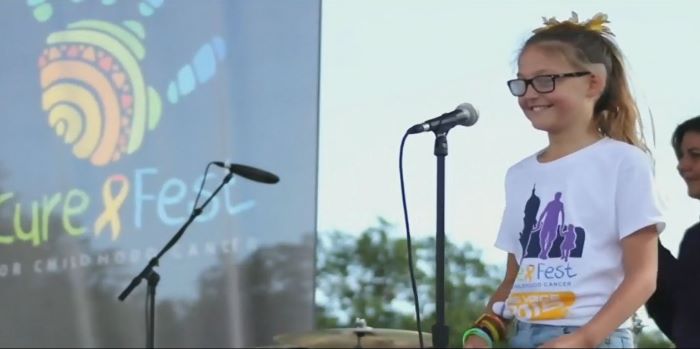
No one could have predicted what would come next. Natasha made national headlines. The story spread like wildfire, resulting in a public apology by the Director of the Secret Service Joseph Clancy, who would later become a lifelong friend of the family.
Troubled by the misunderstanding and turn of events, Joseph Clancy reached out to Mike Gillette and invited them back to Lafayette Park: “How about in a month’s time, you come back, and I guarantee it won’t be cancelled.”
When CureFest returned a month later, the U.S. Secret Service had included Natasha’s website and brand colours on their website. Joseph Clancy later recorded a video for Natasha’s Celebration of Life.
As the brain cancer increasingly limited her physical functioning, Natasha grew stronger in spirit and resolve. She blossomed into a formidable activist, giving numerous media interviews in Canada and the U.S. She also gave a TEDx Talk for which she received a standing ovation.
Natasha was sick with a cold but when she started speaking on that TEDx stage, she came alive. She didn’t want to get off the stage. “I have more to say,” Natasha said backstage. “I have more to say.
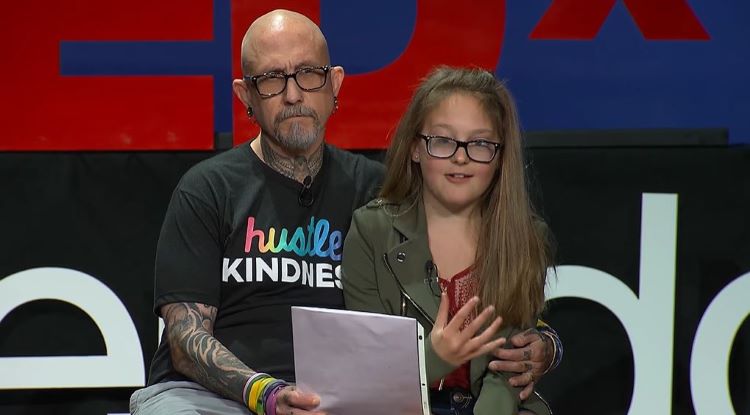
If Natasha had lived to be an adult, she would have likely pursued a career in the arts, communications, or journalism.
“She gets this from her mother Saskia,” Bill points out. “I think my response would have been to go hide under a rock somewhere, but Natasha wanted to be proactive. She wanted to rise up and share her story. It was ramping up of her personality.”
“She was forever writing a song, forever writing a story,” says Saskia. “This was a natural extension of who she was. She became an advocate for other kids fighting cancer.”
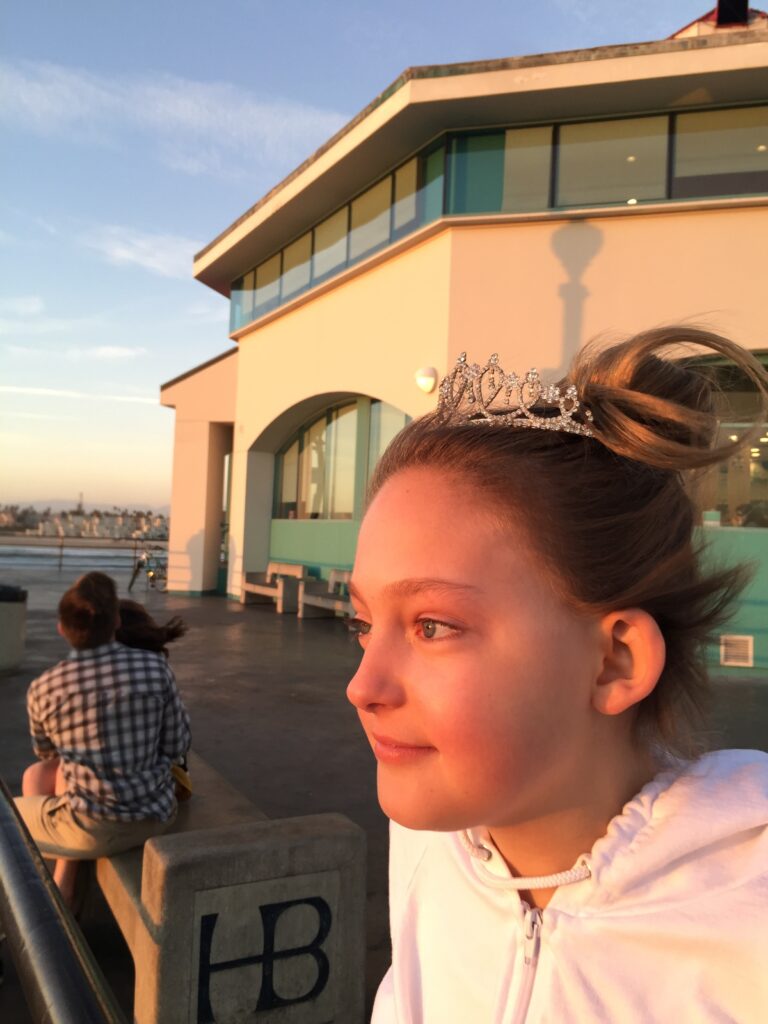
Natasha understood the disparity in funding between adult and children’s cancer research. She was passionate about righting this inequity, as are her parents today.
“Think of all the technological improvements you have every time you upgrade your iPhone,” says Saskia. “We have the technology, the wisdom, and the knowledge, and with God’s help, we can come together to collaborate to find a cure. Only five per cent of cancer research funding goes to children’s cancer research. When you look at the years lost for children, the aggregate of that just doesn’t make sense.”
Bill agrees: “They’ve made advances in radiotherapy but the basic protocol for DIPG hasn’t changed for many, many decades. In fact, Neil Armstrong’s daughter died of DIPG in 1962, before he went to the moon, and the protocol is still the same.”
Waiting for a miracle
As Natasha’s condition worsened, they began having conversations about the afterlife.
“Your faith grows stronger,” says Saskia. “You’re waiting for a miracle to happen. Either here or in heaven your miracle will manifest.”
“Mom, what’s heaven like?” Natasha would ask.
Saskia would reply, “’Well, Opa is there, and he always wanted a farm. I’m sure he has a piglet for you,’ [Natasha always wanted a piglet.] ‘And your lesson horse Play is there.’” [Play was a lesson horse, the only horse Natasha ever bonded with, and that horse had passed.]
“We had lots of conversations like this,” Bill recalls. “She was worried about being alone or waiting for us.”
Bill tried to comfort his daughter: “Here on earth, you’re time-bound, but in heaven, you’re not, so in a blink of an eye, we’ll be with you again. We’ll be right there with you.”
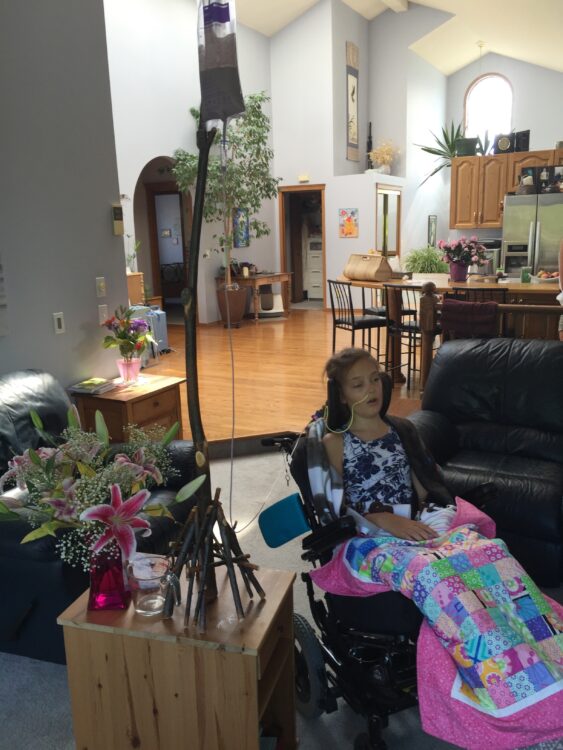
Even in their own pain, Bill and Saskia’s only concern was Natasha.
“One of the hardest parts of Natasha’s journey was she was very resilient, but at the end, she did become very tired,” says Bill. “Physically her body was shutting down. The cruel part of this disease is cognitively you’re absolutely intact to observe your body shutting down around you. And the last weeks when she couldn’t speak. She wasn’t swallowing. We lost that connection. I know she was with God and God was with her, but we lost that connection with her. In that way, she was isolated from me, and we couldn’t be with her.”
“We just kept talking to her,” Saskia explains. “Telling her she was not alone. God was there, that God was going to show up for her in a bigger way because of her circumstances. He wasn’t not going to be there for her. It was so unbelievable, Natasha could not communicate with her parents, her brother, other family. Those last days were really, really hard.”
Losing Natasha
The world lost a bright light on August 4, 2016, when Natasha took her last breath with her parents and brother Liam by her side.
“It was an awful and sacred moment to experience someone’s spirit leaving their body,” says Saskia.
About 100 close friends and family had arranged to show up outside the home with candles that evening to show their love and light for Natasha. She passed away at 7:30 p.m., two hours before the scheduled time. Not knowing she had passed they arrived at the scheduled time, which meant that a stream of close friends could come in to view and touch Natasha one last time.
Natasha’s ripple
The cost of inadequate research funding is the loss of young lives and unimaginable pain for loved ones. Bill and Saskia are trying to change this.
In the weeks after Natasha’s passing, they began organizing the first CureFest Canada. Bill and Saskia organized CureFest Canada for four consecutive years before COVID-19 hit in 2020. Today, they work with CureFest International to live-stream it through the U.S.
During those four years, Bill and Saskia held candle light vigils in honour of the children who pass away from cancer. They brought together children’s cancer groups from across Alberta to advocate for children with cancer at CureFest. Working with Natasha’s friends and cousins, they brought together dancers, musicians, politicians, cancer researchers, health care professionals, children and parents, and the local media to advocate for more research funding for children’s cancers.
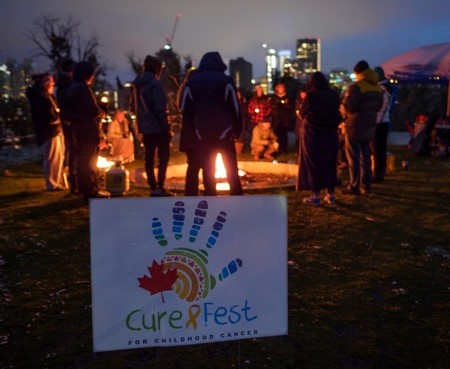
In the first year of CureFest, Bill and Saskia included a bicycle ride as Natasha had requested that kids ride their bikes at her Celebration of Life. In 2018, they commissioned a giant Beads of Courage, which they displayed during CureFest, to show people what children with cancer go through during treatment. While at the hospital, children with cancer receive Beads of Courage to help them record their cancer experience. Each bead represents a different treatment or milestone on their journey. The colourful beads are a tangible keepsake for children to help them understand their cancer experience and explain it to others.
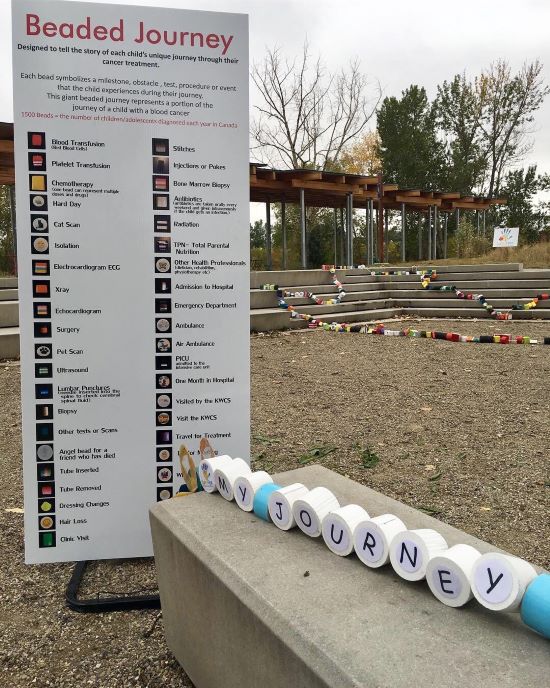
“Every day on Facebook, I see more children being diagnosed with DIPG and because of our experience, we know what the probable outcome will be, and we know the fear and the panic and the researching under every rock, thinking, ‘There’s gotta’ be a way,’” says Saskia.
“And of course, if you took all those kids from around the world who are diagnosed with DIPG every day and put them in a school bus that went over a cliff, you would hear about it,” says Bill. “People would be outraged.”
But people don’t hear about DIPG as it quietly kills a child here and a child there and no one, but their family and friends, ever know about it.
Sometimes it’s difficult to not be angry, but Bill and Saskia strive for a balance.
“One of our missions in this process was to live in joy for our son Liam and in Natasha’s honour because life is worth living,” says Saskia. “To fight every day would be in contrast to living in joy every day. It’s a balance.”
Hope on the horizon
With support from our generous community, Kids Cancer Care and countless parents like Bill and Saskia are working to change the funding disparity to give kids a fighting chance. Thanks to your donations, a change in protocol for DIPG may be on the horizon.
Dr. Aru Narendran, a Kids Cancer Care-funded researcher at the University of Calgary and the Alberta Children’s Hospital, is collaborating with a group of American scientists on a vaccine for DIPG.
Approved by the Health Canada and the FDA for a phase one clinical trial in Canada and the U.S., children from across North America are currently participating in the trial.
“The basic principle of vaccines is to re-stimulate or re-educate the immune system, so it can identify a foreign agent, be it a virus, bacteria or cancer cell, to initiate an immune response,” says Dr. Narendran.
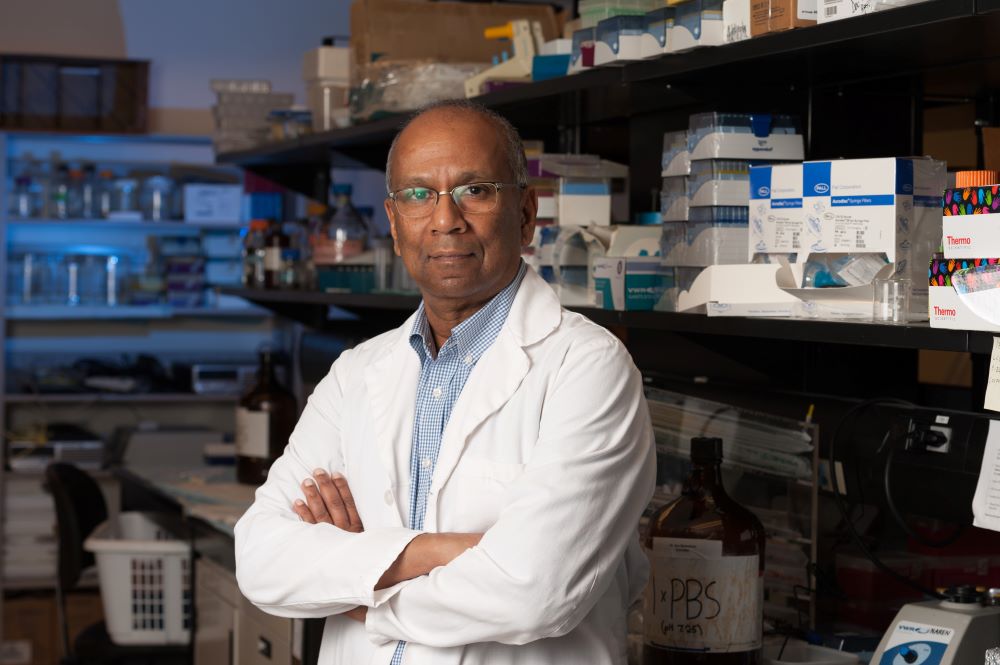
Cancer cells show up in the body frequently, but the immune system normally detects the cells as foreign and initiates an immune response to kill them. Dr. Narendran seeks to understand the fundamental biology behind why and how some cancer cells manage to trick the immune system and escape notice.
“When a normal cell becomes cancerous, it expresses new proteins that are not found in healthy cells,” says Dr. Narendran. “These new proteins, called antigens or neo-antigens, set off warning bells in the immune system.”
Developed by a group of American scientists, the DIPG vaccine was created to identify and attack a specific group of neo-antigens involved in DIPG. The goal of the trial is to determine the safety of the vaccine in children.
By looking at the anti-DIPG cancer cell antibodies, which form in children who receive the vaccine, Dr. Narendran’s team is seeking to better understand its benefits, particularly a phenomenon known as neo-antigen spreading.
“When we are infected by a bacterium or virus, the immune system initially recognizes only parts of that intruder, say, A, B, and C proteins,” explains Dr. Narendran “The immune system then stages a response to A, B, and C, but after a while, it spreads and can act on F, G, H, I, J, and K proteins. It’s like a ripple in a pond; it just keeps spreading outward.”
Dr. Narendran has observed a similar response in cancer studies in the lab: “We noticed that the immune response following the vaccine increases gradually and widely against the DIPG cells. This is an absolutely fascinating way by which the immune system carefully and effectively increases its offense against its target.”
The goal of his research is to finetune the vaccine into a super-vaccine that is both safe and more and more effective in targeting and killing DIPG cancer.
“I would love to see a cure for DIPG in my lifetime,” says Bill. “I would celebrate that, absolutely, that would be a joyous day. There would be a small part of me thinking, ‘Why couldn’t we have had it in time for Natasha?’ but I would be joyous just knowing that other parents and children won’t have to go through what we did.”
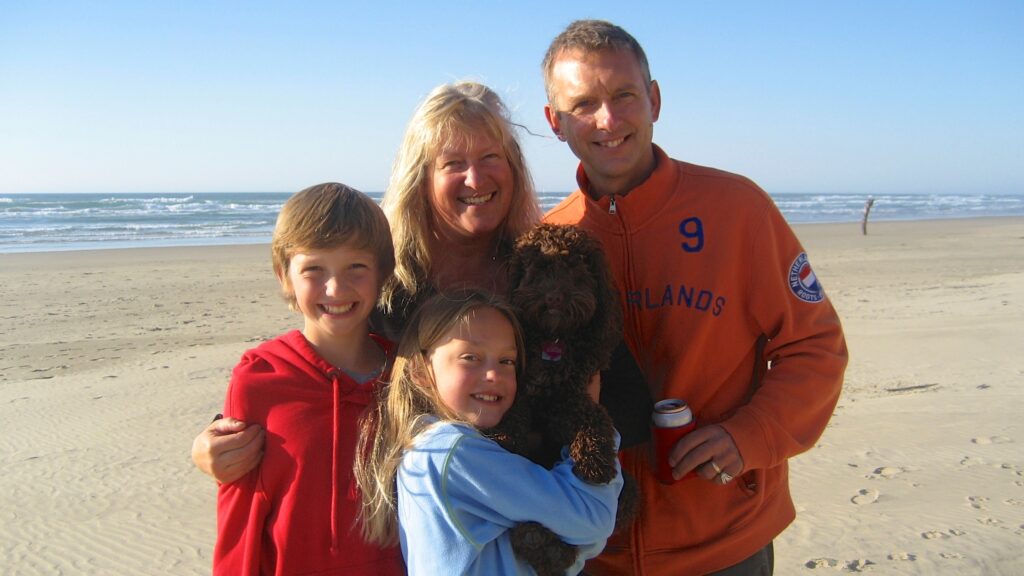
To read more about Natasha and her cancer journey, visit her blog here.




